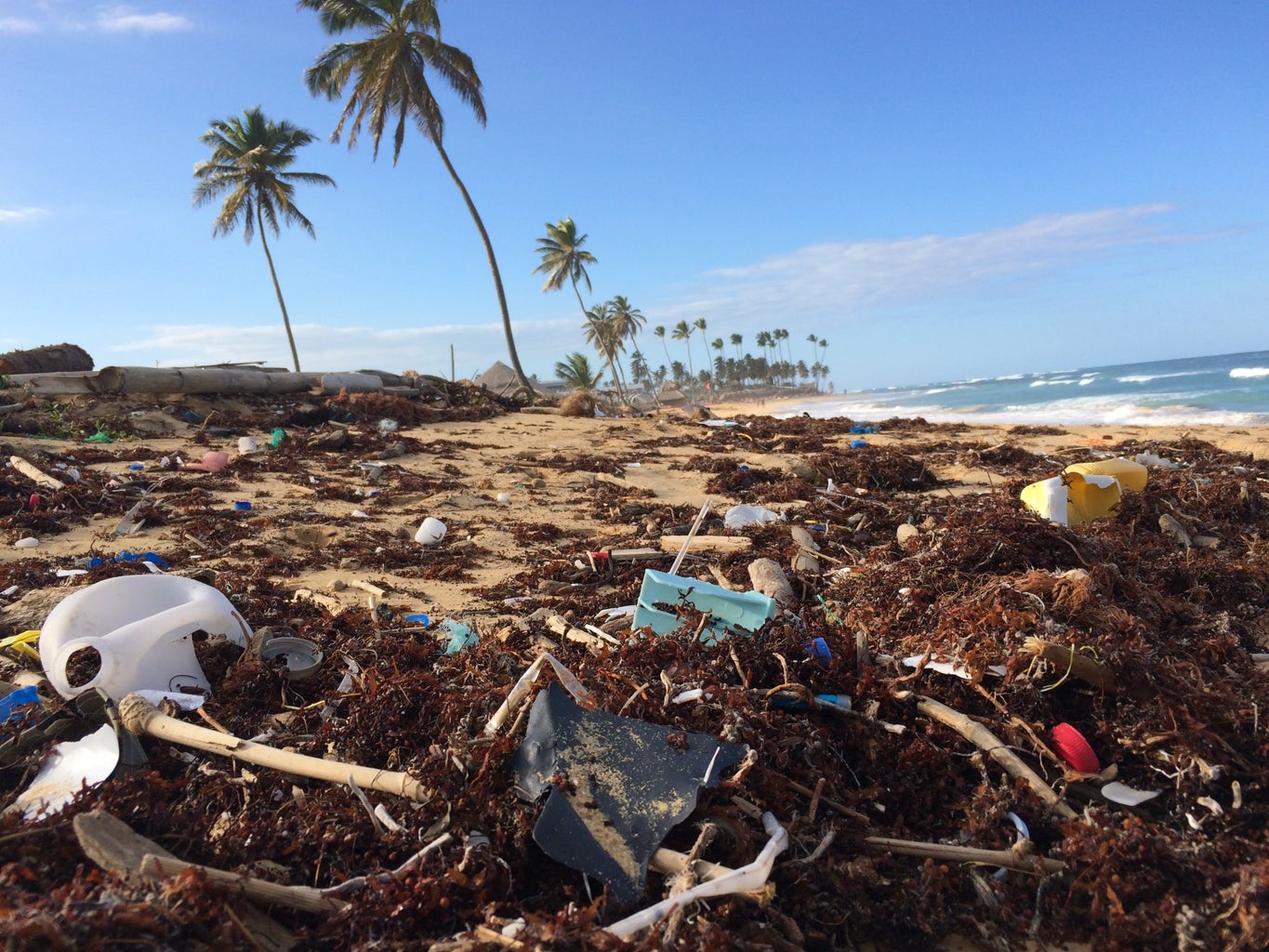In an ever-changing society full of fast-paced motion and decisions, it’s normal for young adults and teenagers to purchase clothing quickly with a touch of a button, pertaining to our constantly changing needs and wants. Beneath the allure of convenience lies a troubling reality: the rise of fast fashion. This trend of purchasing the rapid production of inexpensive clothing that mimics current trends not only fuels a culture of overconsumption but also places a heavy toll on the environment and exploits laborers in developing countries. As we race to keep up with the latest TikTok trends and constantly changing styles, it’s crucial to pause and consider the detrimental consequences of our consumption habits.
The dark side of fast fashion cannot be ignored. Mindless consumption contributes to planetary degradation, intensifies resource depletion, and perpetuates unsustainable production practices, ultimately leading to long-term ecological harm. It fosters a culture of wastefulness, proving that we are prioritizing short-term material possessions over genuine well-being and sustainability. This article will go in-depth on what fast fashion really is, and the amount of harm it causes to both environmental and human health; providing solutions against this fashion pandemic with ways we can continue styling based on these “trends” while looking to embrace more sustainable and ethical alternatives!
well, What is Fast Fashion?
Fast fashion can be defined as “the business of quickly producing large quantities of inexpensive clothing in response to the latest trends.” Clothing is made quickly and is available cheaply, in stores such as Zara or H&M, or online via websites like Shein, Temu, or Amazon. A majority of the younger to adult generations have taken advantage of the price cuts on many of their favorite items and the most up-to-date style guides, and would much rather save their money by buying cheaply for a short-time usage over spending on a nicer item that can last longer.
These companies that mass produce items are mostly based in poor countries such as China, Vietnam, or India where they pay their workers below minimum wage and are not well regulated whatsoever. Sexual and workplace harassment has been documented in these factories. 80% of the entire fashion supply chain industry workers are women in their early 20s, and a majority of that remaining 20% are children under 16 years old. These facts alone should be cause for great concern, never mind the environmental and worldwide health impacts.
The clothing is made from synthetic fibers, aka plastics. Thus, these pieces of clothing will not decompose for hundreds to thousands of years. The textile is also commonly treated with chemicals and harmful dyes, which are known to be toxic to both the workers producing these items, as well as the environments they are being released into. To produce and transport these items, greenhouse gas emissions are emitted, contributing to this ongoing harmful cycle with fast fashion as the sole cause.
Addiction To overconsumption & Trends: The Costs
This is where the problem begins: providing these children and young adults with easy access to websites for cheap clothing to model the influencers and celebrities they look up to and follow their every footstep. Spending the same price as a small coffee for a one-time wear on a night out only for it to sit in the closet for months, piling up with the dozens of other one-time wears. After a clean-out, the item will go to the landfill or thrift store, which will end up as a pollutant that will remain on Earth longer than human civilization.
The psychology of fast fashion and how this dangerous industry brings their consumers in to buy clothing is well explained below, take a look!
Fashion production makes up about 10% of global carbon emissions. This can be made up of VOCs (volatile organic compounds), particulate matter, and greenhouse gases, all contributing to air pollution and climate change. Waste production is one of the largest effects of fast fashion, as it can contribute to the pollution of ecosystems and neighborhoods and kill off species and marine life.
Other environmental impacts include deforestation and habitat destruction for materials and land, water pollution in rivers and oceans from the toxic chemicals and dyes being used to produce the clothing, and microplastics like polyester and nylon that can enter our waterways, ground resources, and air that pose a deadly effect to all life on Earth. These can all combine to contribute to harmful health impacts including pollution and chemical exposure, leading to respiratory issues, skin diseases, and other health problems.
Minorities and lower-income communities and countries are more prone to these impacts from environmental injustice due to factories and their pollution being located so close to where they live and work. Unsafe working conditions, as mentioned above, are also a crucial issue of fast fashion that can lead to physical injuries, mental health issues, and exploitation. Addressing these impacts requires concerted efforts from both consumers and the companies and governments involved, and it needs to happen fast.
How to slow down the impact of fast fashion
Whether you have or have not purchased from and contributed to the fast fashion crisis, there’s still time to slow down the impacts of this industry. By purchasing second-hand clothing, educating and advocating for policy change and circular fashion, and pressuring brands and retailers, you are able to make change while still embracing our culture of trends through more eco-friendly, sustainable methods.
Buying second-hand clothing through local stores and thrift shops is not only positive for supporting your local small businesses but also promotes a sustainable way of shopping. Encouraging and supporting ethical fashion brands that prioritize environmental health and eco-friendly materials (with a more transparent supply chain) is essential to combat the fast fashion crisis. Shifting your purchases to second-hand clothing will promote the culture of clothing swapping and reduce the demand for new fashion items, extending the lifespan of current options. This change can even be a quick search of where and how certain companies produce and export their clothing and can change the way you think of shopping, and help to promote an eco-friendly society.
This article by a student at FSU provides five environmentally-friendly brands to shop at:
It’s understandable that not everything can be bought second-hand and you will want that cute sparkly top off of a fast website once in a while, but do not make it your weekly routine. Advocating for policy change and company accountability is crucial to better understand and encourage the fair treatment of fashion workers, sustainability, and to minimize textile waste and innovation. Action inspires others to follow, and will be able to promote positive change to this dangerous industry.
Final Thoughts: Can I buy fast fashion and not feel guilty?
It’s understandable to feel FOMO if you’re not following the current trends or wearing the latest “it girl” pants, but it’s more important to respect our planet and health and not fall victim to this fashion crisis. Acknowledging the consequences of fast fashion practices before purchasing is important, and this may make you feel guilty about supporting the industry, but it’s up to you to decide what feels right for you and your values. Many modern-day trends for young adults taken from Pinterest or Instagram can be re-made through more sustainable or DIY options outside of the fast fashion industry!
Given the current state of our society, having the latest trends is what allows our generation, especially young women, to make friends and feel welcomed; consider reflecting on your reasons for buying fast fashion and look to alternative ways to express these trends that are more eco-friendly and align with your morals.



